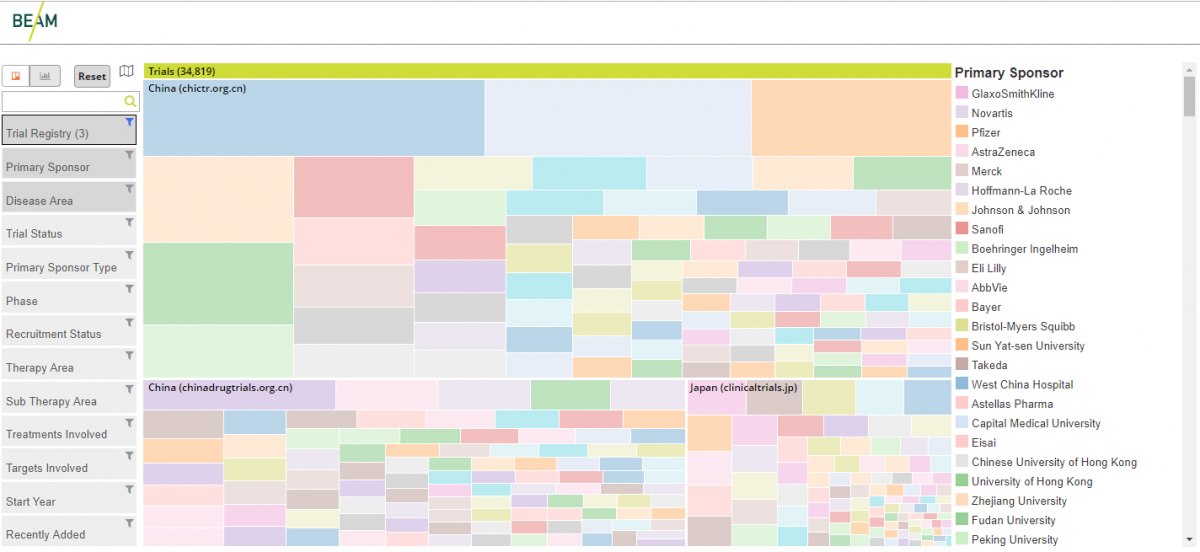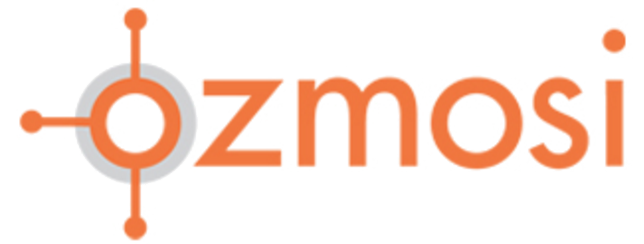Keeping up with the pharmaceutical landscape around the world, especially in Asia, is essential in today’s market. Here are some of the biggest news stories emerging from Asian countries that are making big strides in drug development.
China:
Recently, China has been quickly advancing in the process of approving new drugs. This is per the new drug registration procedure under the Chinese FDA(CFDA). This new process is helping China to beat other countries, including the US, in the process of bringing drugs to market. For example, China was able to grant Astrazeneca and FribroGen approval for the drug roxadustant® before any other country. Two new procedures implemented are the priority review process for drugs targeting unmet medical needs and Phase 1 trials of generic drugs to be conducted on non-formally vetted sites. In comparison, the CFDA’s average drug approval took a little over 3 years compared to the FDA’s average of 12 years.
Johnson & Johnson has opened a new JLABS in Shanghai. This facility is the biggest in the world and the first to operate in the Asia-Pacific Region. JLABS is a network of life science incubators to help innovators deliver healthcare solutions to patients quickly and efficiently. The facility hosts 31 resident firms and can house more than 50 biopharma startups. At the opening, the awardees of the Lung Cancer Innovation QuickFire challenge were announced. These awardees are DNX Biopharmaceuticals, Inc., Hawkeye Bio, and NE Scientific LLC.
Terns Pharmaceuticals, a pharmaceutical focused on targeting NASH, liver disease, and cancer has gained the rights to GenFit’s lead candidate elafibranor® for NASH and primary biliary cholangitis. Both are diseases that target the health of the liver. Terns is paying $228 million, which combines upfront cost and milestone payments. This purchase follows the recent purchase of Eli Lilly’s nonalcoholic steatohepatitis programs in 2017.

Source: BEAM-CI.com 7/1/2019
Japan:
After questioning its phase 3 data, the FDA has decided to reject Daiichi Sankyo’s blood cancer drug, quzartnib®. Quizartnib® was a new drug application for adults with relapsed/refractory positive acute myeloid leukemia. Acute myeloid leukemia is a rare cancer of the blood and bone marrow with excess immature white blood cells. Based on the Phase 3 data, experts were prone to question the reliability of the data. One of the key concerns the FDA focused on was the risk of cardiac toxicity. Despite the differing opinions throughout the panel, it was ultimately decided not to give quizartnib® the green light.
Takeda, the largest pharmaceutical company in Japan, has decided to relocate U.S. operations to Boston. In doing so, Takeda will close the location in Deerfield, Illinois, by the end of 2019. The move is due to the recent acquisition of the drug maker, Shire, also located in the Massachusetts area. The move will affect about 1,000 employees, and Takeda expects to part ways with some of those employees.
India:
Glenmark, a pharmaceutical company based in Mumbai, India, faces a major setback. The FDA has rejected Ryaltris®. Ryaltris® is a nasal spray developed to treat seasonal allergic rhinitis, also known as hay fever, for patients 12 years and older. The FDA was not questioning the clinical trial data but was concerned about the product’s manufacturing. The specific deficiencies were not provided in the official FDA announcement. Glenmark expects to solve this problem in the next six to nine months.
Sun Pharma, a pharmaceutical based in India and a market leader in the generic dermatology sector, is still in the works of launching its Halol Plant. Sun has not been keeping track of the project’s history, which has caught the attention of the FDA. Some of that history includes a seven-year approval process for its design plan. The FDA has cracked down on Sun Pharma and halted the plant’s progress until further notice.
Conclusion:
A lot is going on in the Asia-Pacific region of the world. It is important to keep up to date with pharmaceuticals based in Asia, as they are fast-paced and quickly evolving. Companies like Johnson & Johnson have taken notice of this and have started to expand operations. Understanding these organizations’ business and clinical environments can provide valuable insights into the competitive landscape. The Chinese FDA is also helping the region make strides in the pharma world. The quicker approval process has allowed those companies to get their products on shelves faster than in any other country. Keep an eye out for more information on these fast-growing regions.
Sources: FiercePharma.com, Mercatus.org

